How To Use Uv Lens Filter ?
To use a UV lens filter, simply screw it onto the front of your camera lens. Make sure to choose a filter that matches the diameter of your lens. The UV filter will block ultraviolet light from entering the lens, reducing haze and improving image clarity. It is especially useful when shooting in high-altitude or coastal areas where UV light is more prevalent. Additionally, the filter provides an extra layer of protection for your lens, shielding it from dust, scratches, and accidental damage. Remember to remove the filter when not needed, as it may cause unwanted reflections or lens flare in certain lighting conditions.
1、 Purpose of UV Lens Filters in Photography
The purpose of UV lens filters in photography is to block ultraviolet light from entering the camera lens. UV light can cause hazy and blurry images, especially in high-altitude or coastal areas where the concentration of UV rays is higher. By using a UV lens filter, photographers can reduce the impact of UV light on their images and achieve clearer and sharper results.
To use a UV lens filter, simply screw it onto the front of your camera lens. It acts as a protective barrier, shielding the lens from dust, moisture, and scratches. Additionally, it can serve as a permanent attachment, eliminating the need to constantly attach and detach the filter.
In recent years, the use of UV lens filters has become a topic of debate among photographers. Some argue that modern digital cameras already have built-in UV filters, making the use of additional filters unnecessary. However, others believe that UV filters still have their benefits, such as protecting the lens from physical damage and reducing the risk of lens flare.
Ultimately, the decision to use a UV lens filter depends on personal preference and shooting conditions. If you frequently shoot in bright outdoor environments or want to protect your lens from potential damage, a UV filter can be a valuable addition to your photography gear. However, if you primarily shoot indoors or in controlled lighting conditions, the use of a UV filter may not be necessary.
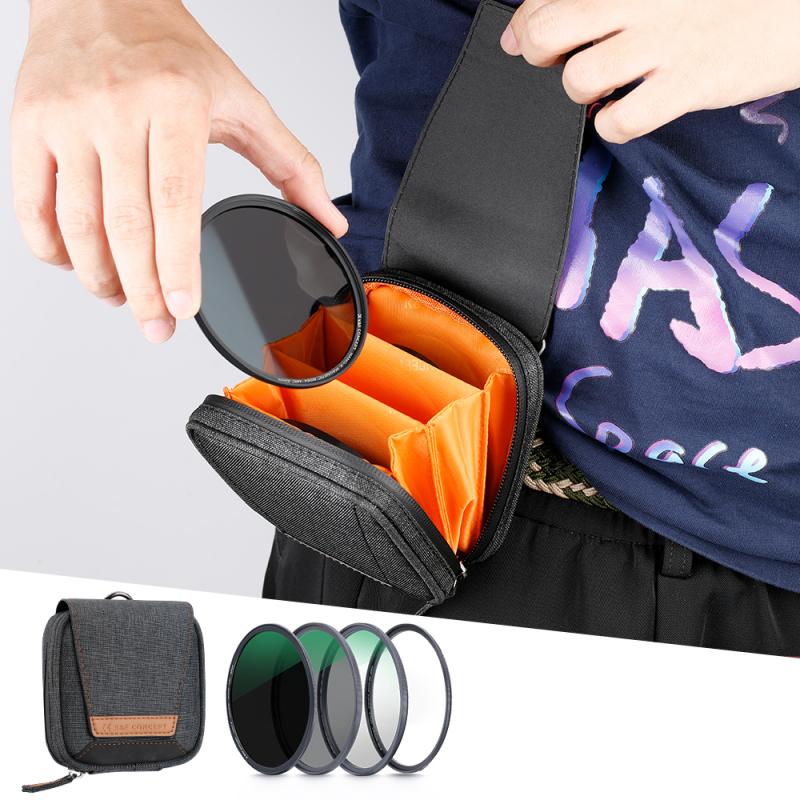
2、 Types of UV Lens Filters and Their Features
How to Use UV Lens Filter:
1. Attach the Filter: To use a UV lens filter, simply screw it onto the front of your camera lens. Make sure it is securely attached to prevent any light leakage.
2. Adjust Exposure Settings: Once the filter is attached, you may need to adjust your camera's exposure settings. UV filters can reduce the amount of light entering the lens, so you may need to compensate by increasing the exposure time or widening the aperture.
3. Shoot in Bright Conditions: UV filters are primarily used to block ultraviolet light, which is most prevalent in bright outdoor conditions. Therefore, it is recommended to use a UV filter when shooting in sunny environments, especially at high altitudes or near water bodies.
4. Protect Your Lens: Apart from blocking UV light, UV filters also act as a protective layer for your camera lens. They can shield the lens from dust, moisture, and scratches, which can potentially damage the lens. Therefore, it is advisable to keep a UV filter on your lens at all times, even when UV light is not a concern.
Types of UV Lens Filters and Their Features:
1. UV Haze Filters: These filters are designed to reduce the bluish cast that can occur in photographs taken in bright sunlight. They effectively block UV light while allowing visible light to pass through, resulting in clearer and sharper images.
2. UV Clear Filters: These filters are transparent and do not affect the color balance of the image. They solely serve as a protective layer for the lens, guarding against dust, moisture, and scratches.
3. Multi-Coated Filters: These filters have multiple layers of coating applied to the glass surface. The coatings help reduce reflections, flare, and ghosting, resulting in improved image quality.
4. Slim Filters: Slim filters have a thinner profile compared to standard filters, making them ideal for use with wide-angle lenses. They minimize the risk of vignetting, where the corners of the image appear darker.
In recent years, there has been a growing debate about the necessity of UV filters, as modern digital cameras already have built-in UV filters. Some argue that the additional layer of glass can potentially degrade image quality, especially when using lower-quality filters. However, proponents of UV filters emphasize their protective benefits, particularly in outdoor and rugged shooting conditions. Ultimately, the decision to use a UV filter depends on personal preference and shooting requirements.

3、 Steps to Attach a UV Lens Filter to Your Camera
Steps to Attach a UV Lens Filter to Your Camera:
1. Choose the right filter: UV lens filters come in different sizes, so make sure to select one that fits your camera lens. Look for a reputable brand that offers high-quality filters.
2. Clean your lens: Before attaching the filter, clean your camera lens using a lens cleaning solution and a microfiber cloth. This will ensure that no dust or smudges affect the image quality.
3. Align the filter: Hold the filter in front of your camera lens and align it properly. Most filters have a screw thread that matches the lens thread, so gently rotate the filter until it fits snugly.
4. Screw it on: Once aligned, carefully screw the filter onto the lens thread. Be cautious not to overtighten it, as this may cause damage to the lens or filter.
5. Check for any light leaks: After attaching the filter, inspect the edges to ensure there are no gaps or light leaks. If you notice any, adjust the filter or try a different one.
6. Test and adjust settings: Once the filter is securely attached, test your camera settings and make any necessary adjustments. UV filters are primarily used to reduce haze and protect the lens, so experiment with different shooting conditions to see the impact on your images.
It's worth noting that opinions on the necessity of UV filters have evolved in recent years. While they were once considered essential for protecting the lens, modern camera lenses are often built with protective coatings that make UV filters less crucial. However, some photographers still prefer to use them for added protection and to reduce the impact of UV light. Ultimately, the decision to use a UV filter is a personal one, and it's important to weigh the benefits against any potential image quality degradation.
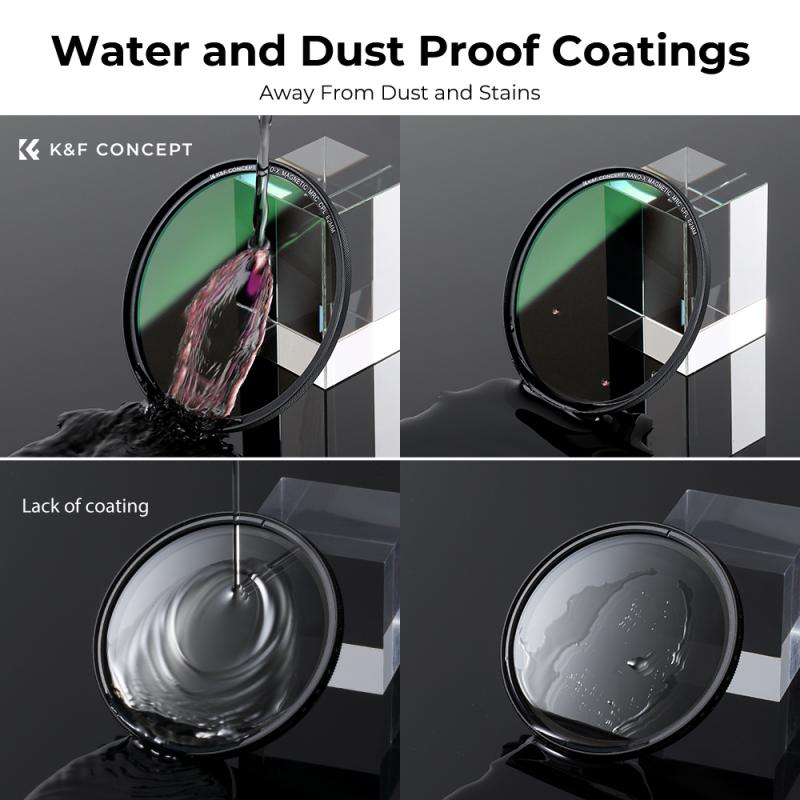
4、 Tips for Properly Using a UV Lens Filter
Tips for Properly Using a UV Lens Filter
1. Understand the Purpose: A UV lens filter is primarily used to block ultraviolet light from entering the camera lens. It helps reduce haze and improve image clarity, especially when shooting in high-altitude or coastal areas. However, with modern digital cameras, the impact of UV light on image quality is minimal. Therefore, the use of a UV filter is more of a personal preference rather than a necessity.
2. Choose a High-Quality Filter: When purchasing a UV lens filter, opt for a high-quality one to ensure it doesn't degrade the image quality. Look for filters made from multi-coated optical glass, as they minimize reflections and flare.
3. Clean the Filter Regularly: Keep the UV filter clean to avoid any dust or smudges affecting your images. Use a microfiber cloth or lens cleaning solution to gently wipe the filter's surface.
4. Remove the Filter When Not Needed: If you're shooting in conditions where UV light is not a concern, such as indoors or in low-light situations, consider removing the UV filter. This will prevent any potential loss of image quality caused by additional glass layers.
5. Be Mindful of Lens Flare: While UV filters can help reduce lens flare, they can also introduce it if not used correctly. Pay attention to the angle of light sources and adjust your shooting position or use a lens hood to minimize flare.
6. Consider the Impact on Autofocus: Some lower-quality UV filters may interfere with autofocus performance. If you notice any issues with focusing accuracy, try removing the filter to see if it improves.
7. Evaluate the Need for UV Filters: With advancements in digital camera technology, the need for UV filters has diminished. Many photographers argue that a lens hood and proper lens care can provide sufficient protection without compromising image quality. Consider your shooting conditions and personal preferences before deciding to use a UV filter.
In conclusion, while UV filters can still be useful in certain situations, their necessity has decreased with modern camera technology. It's important to understand their purpose, choose a high-quality filter, and be mindful of their potential impact on image quality. Ultimately, the decision to use a UV filter should be based on personal preference and shooting conditions.
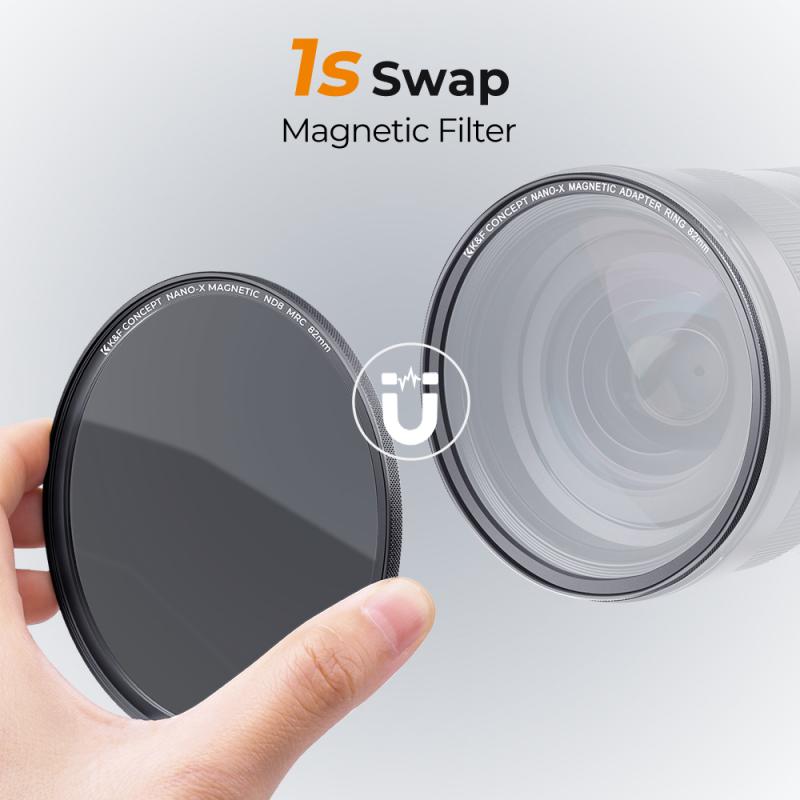

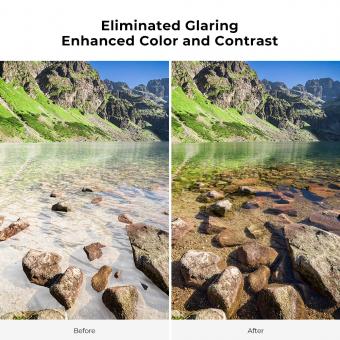
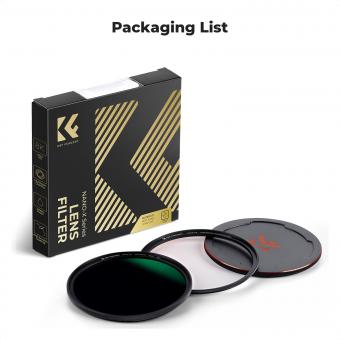




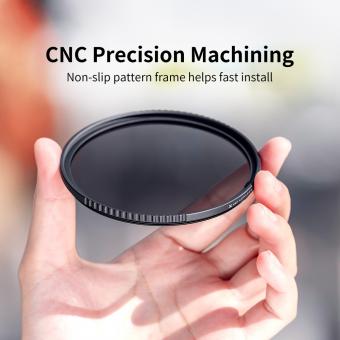
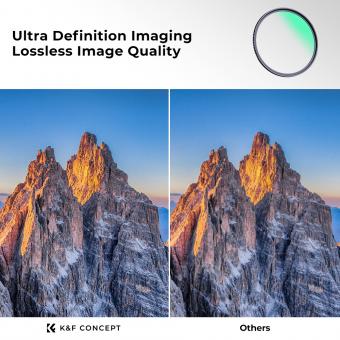


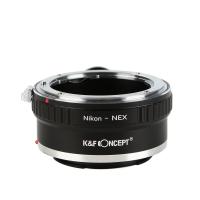
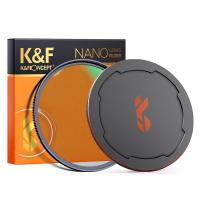

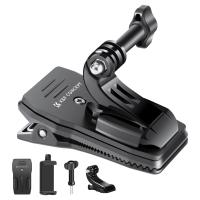
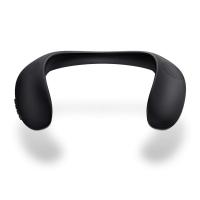

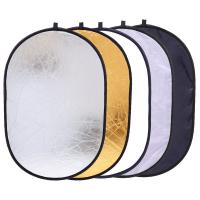

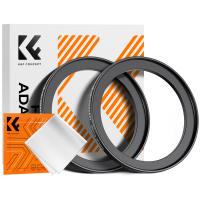

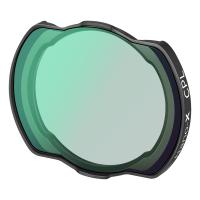
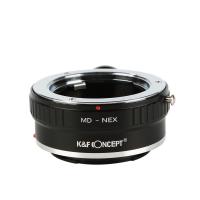
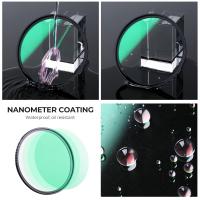
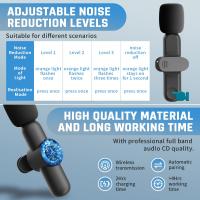
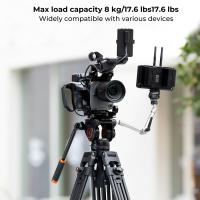
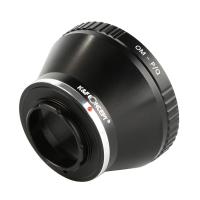

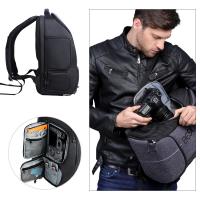
There are no comments for this blog.